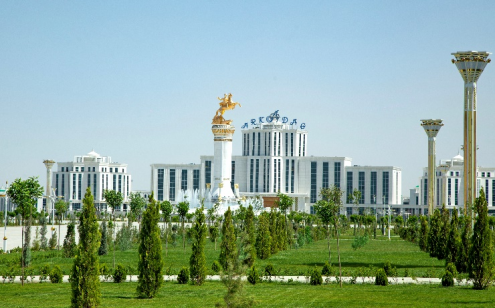Deserts are arid ecosystems that receive fewer than 250 mm of precipitation a year. Despite the small amount of organic particles in desert sands, their mineral composition is very rich. These minerals have been proven to be essential for the continuation of life on Earth. In particular, the sand grains are of great benefit to the ecosystem. Iron oxalate, when reacted with rainwater in the sand grains, has the same effect on the soil as nitrogen.
Sand grains are also good for marine life. Microorganisms in the sea, especially plankton, meet a certain part of their nutrients with minerals that come with desert dust. Because the food chain begins with planktons, this has a positive effect on fish nutrition. Plankton is vital for the food chain as it is food for small fish, which in turn is food for large fish. Therefore, the chain continues thanks to the minerals carried by the desert dust. In other words, sand grains are essential to the marine ecosystem.
The U.S. National Aeronautics and Space Administration (NASA) in its 2015 article said the dust from the Sahara Desert is important to the Amazon rainforest, called the “lungs of the planet”. NASA's CALIPSO satellite, launched into orbit to analyze clouds and particles in the atmosphere, made such unique discovery.
According to the data collected by the satellite, which has been observing the planet since 2006, on average 182 million tons of sand particles are released into the atmosphere each year from the Sahara Desert. As a result, 27.7 million tons of sand particles reach the Amazon forests with the wind. The article notes that the dust that travels from 5,000 km from the Sahara Desert is of key importance for the Amazon forest. The phosphorus in dust is a natural fertilizer for trees and plants in the Amazon.
As noted above, the data show that wind and weather pick up on average 182 million tons of dust each year. This volume is the equivalent of 689,290 semi trucks filled with dust. 27.7 million tons – enough to fill 104,908 semi trucks – fall to the surface over the Amazon basin.
In general, the Amazon rainforest is nutrient and mineral deficient. The phosphorus that reaches Amazon soils from Saharan dust, an estimated 22,000 tons per year, is about the same amount as that lost from rain and flooding, according to the research.
These findings show that deserts are actually of vital importance for the continuation of life on earth. Desert sand is not only raw material for the glass industry, it is also important because it contains minerals that are vital for the world.
Nurmyrat Mommayev,
PhD Candidate at Marmara University's Department of Political Science and International Relations in Istanbul, Turkey









30635-90x604.jpg)




30625-90x604.jpeg)
_(1)30624-90x604.jpg)


